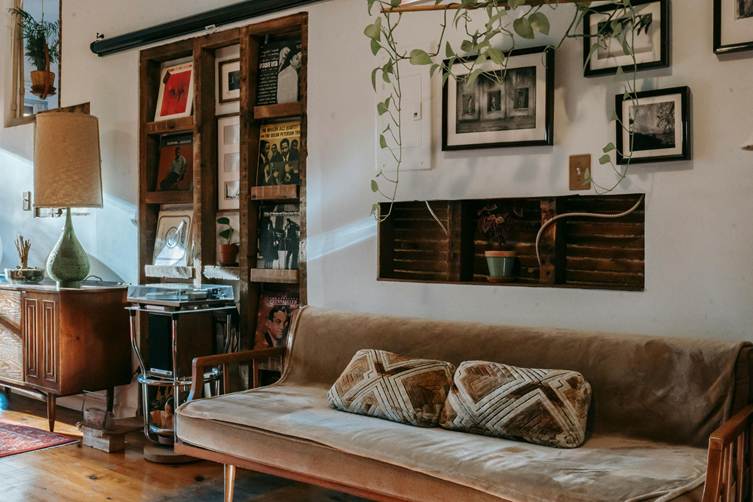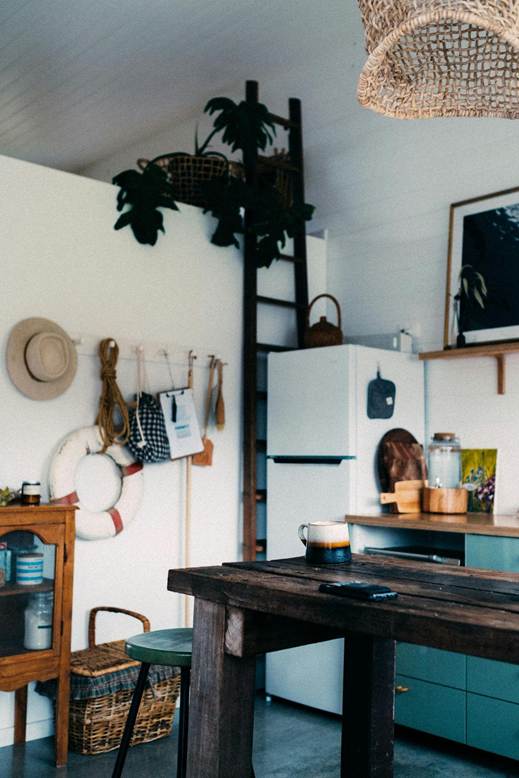
Landlords often find themselves overwhelmed by the daily hurdles of maintaining their properties while striving for tenant satisfaction. Focusing on strategic upgrades can significantly enhance the longevity and resilience of your investment. Though more glamorous renovations often steal the spotlight, it is the overlooked upgrades that can bring lasting benefits, safeguarding your rental property against wear, tear, and potential depreciation. This article outlines key upgrades landlords should consider to protect their investment while ensuring it remains attractive to current and prospective tenants.
Smart Home Technology
Integrating smart home technology into your rental property offers convenience and security that can significantly enrich tenants' living experiences. Features such as smart locks, thermostats, and security cameras appeal to tech-savvy renters and help landlords keep their properties secure and energy-efficient.
Smart locks facilitate keyless entry, reducing the chance of lost keys and enhancing security. Thermostats can optimize energy use, potentially decreasing utility costs, which adds further attraction for tenants looking to save money. The introduction of security cameras can help in deterring theft and vandalism.
Energy-Efficient Upgrades
Energy-efficient upgrades benefit the environment and lower operating costs, making your property more appealing to potential tenants. Consider installations like double-pane windows, high-efficiency HVAC systems, and enhanced insulation. These upgrades may incur upfront costs and can lead to significant savings on energy bills, which tenants appreciate. In fact, studies indicate that energy-efficient homes can achieve savings of 30% on energy costs compared to less-efficient options.
Promoting these sustainable features can improve tenant retention and satisfaction. By highlighting energy-saving instances such as LED lighting, low-flow plumbing fixtures, and ENERGY STAR-rated appliances, landlords can paint their properties as being both eco-friendly and budget-conscious choices. Marketing these features effectively transforms the advantages of energy-saving upgrades into a compelling selling point for your rental investment.
Roof Maintenance and Replacement
One of the most important yet frequently overlooked elements of property upkeep is the roof. A durable roof safeguards the entire structure, preventing water intrusion and preserving the building’s integrity. Many property owners delay repairs in an effort to cut costs, only to face far more expensive consequences later. Regular maintenance, such as debris removal, gutter cleaning, and periodic inspections, can significantly extend the roof’s lifespan.
For those needing replacements, opting for high-quality materials is a long-term investment that pays off. Landlords seeking guidance can explore resources here or at any other reputable website for roofing to better understand their options, including energy-efficient technologies like reflective roofing. A properly maintained roof prevents leaks and potential mold issues and boosts curb appeal, which plays a major role in attracting and retaining tenants. A roof replacement can meaningfully increase property value, offering a reliable return on investment and reducing future liability.
Landscaping Enhancements
Landscaping often serves as the first impression that potential tenants will have of a property. Simple enhancements, such as updated greenery, flower beds, and proper lighting, can create a welcoming atmosphere.
Well-maintained landscapes convey an image of care and attention, factors that many tenants prioritize when searching for a rental. Highlighting features like drought-resistant plants can appeal to eco-conscious renters while minimizing upkeep efforts for landlords. Investing in landscaping improvements may not seem as impactful as other upgrades.
Regular Inspection Scheduling
Regular property inspections serve as a preventive measure that can identify potential issues before they escalate into major problems. Landlords should establish a routine inspection schedule to evaluate various aspects of the property periodically. These inspections can help detect maintenance needs, from plumbing issues to mold growth, allowing for repairs to be made promptly.
Inspections create accountability and fortify the landlord-tenant relationship by demonstrating the landlord's commitment to maintaining property quality. Statistics show that properties with a consistent inspection schedule maintain higher values, as ongoing upkeep preserves the building’s structural integrity and aesthetic appeal. Investing in regular inspection schedules can save landlords substantial costs in the long run while creating a comfortable living environment for tenants.
Choosing Durable Materials
Choosing durable materials for renovations or repairs can prevent frequent replacements and lay the foundation for long-term savings. Rather than opting for cheaper, lower-quality options that require regular upkeep, landlords should consider higher-grade materials that withstand wear and tear. Using vinyl or fiberglass siding can provide better durability when compared to traditional wood siding, which is prone to rot and insects.
Seeking materials resistant to moisture and fire can ensure property longevity, offering peace of mind for landlords and tenants alike. Investing in durable materials often pays off by reducing the frequency of repairs and the costs associated with maintaining low-quality options. The initial costs may be higher. The advantages will often reflect positively on the property’s lasting value and appeal.
Upgrades that may be overlooked can provide significant protection for your rental property. From incorporating smart home technology and energy-efficient upgrades to regular maintenance and robust security features, these enhancements can transform your rental investment into a sustainable and profitable venture. By focusing on preventive and enduring improvements, landlords can fortify the property against future challenges and cultivate a welcoming environment that appeals to quality tenants.










